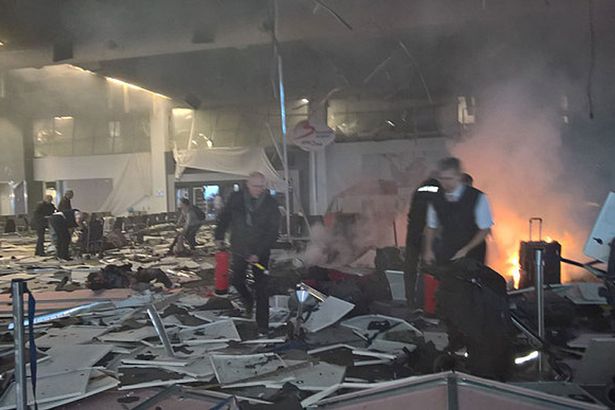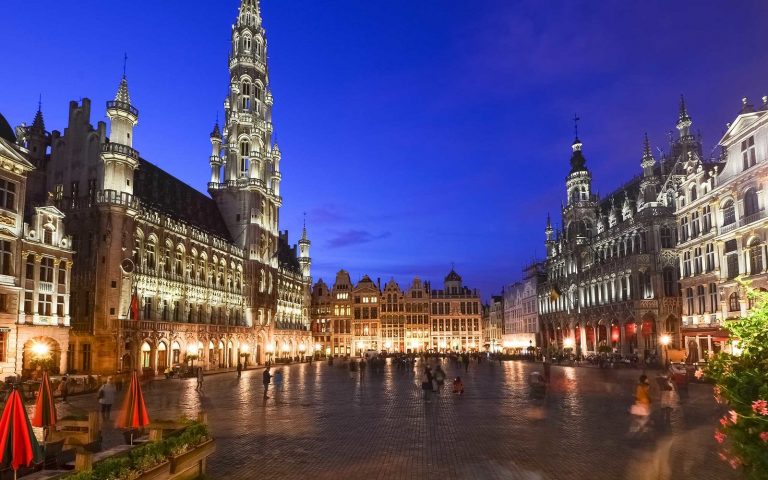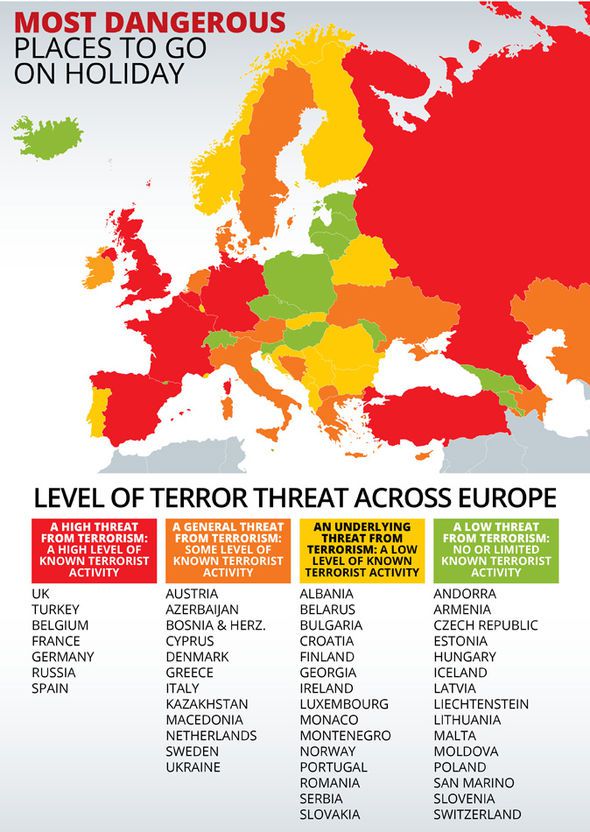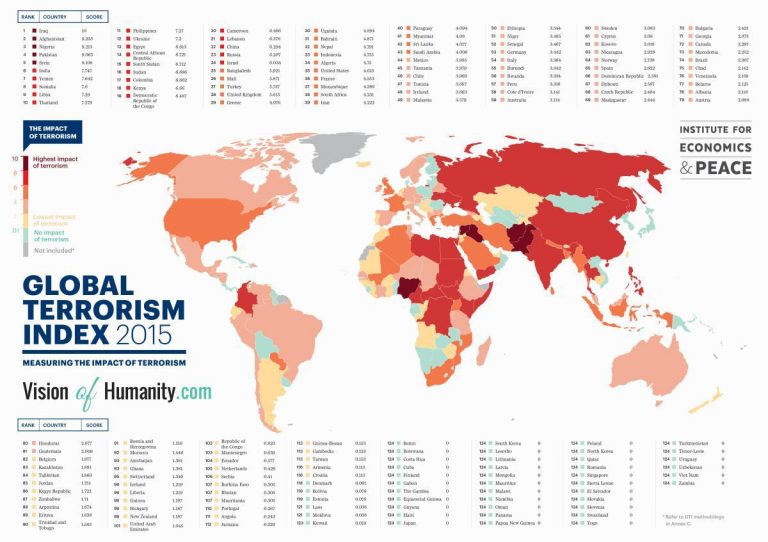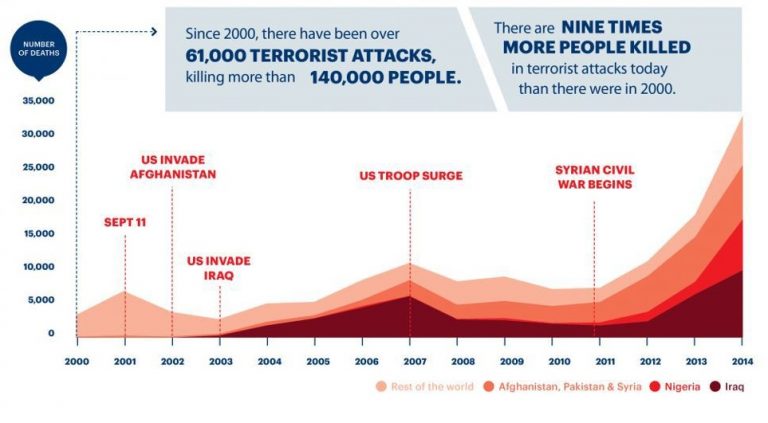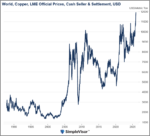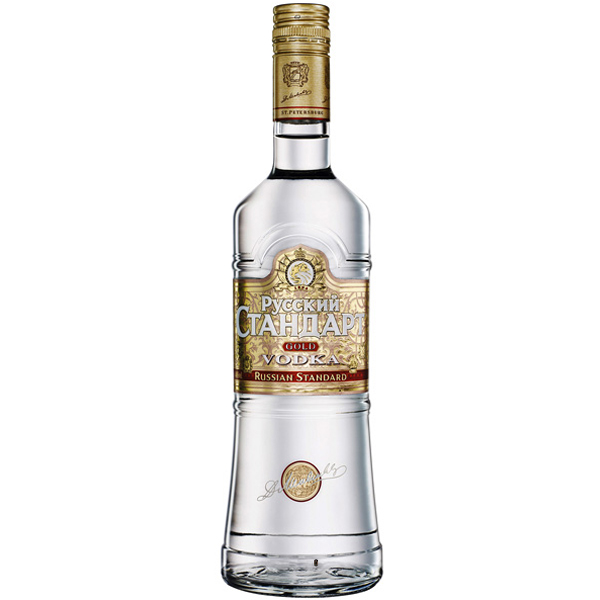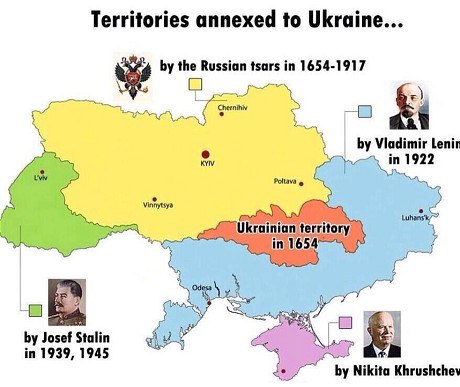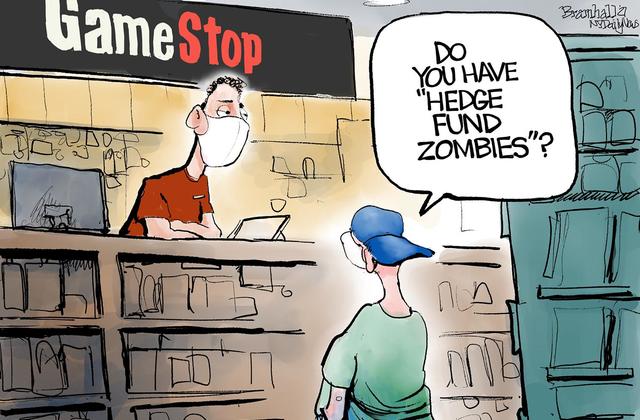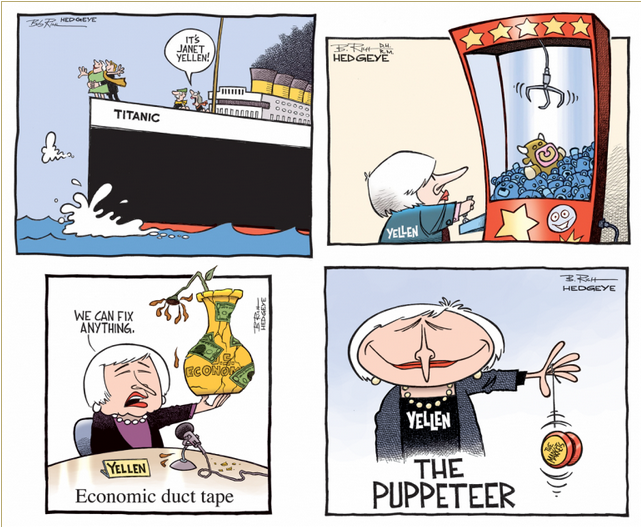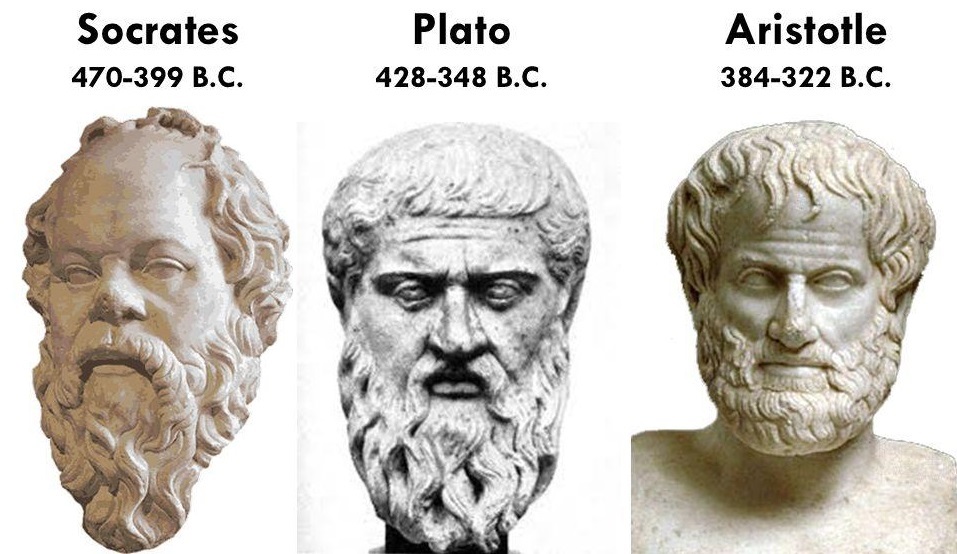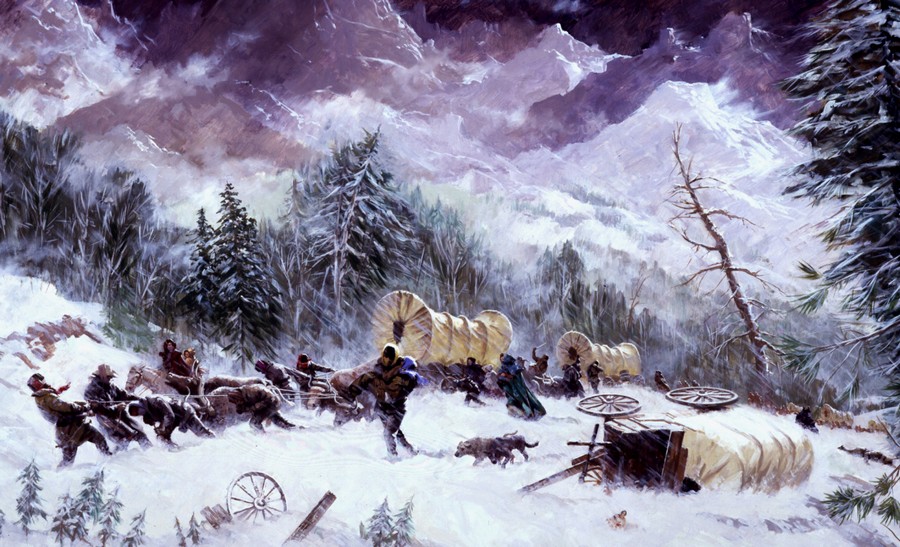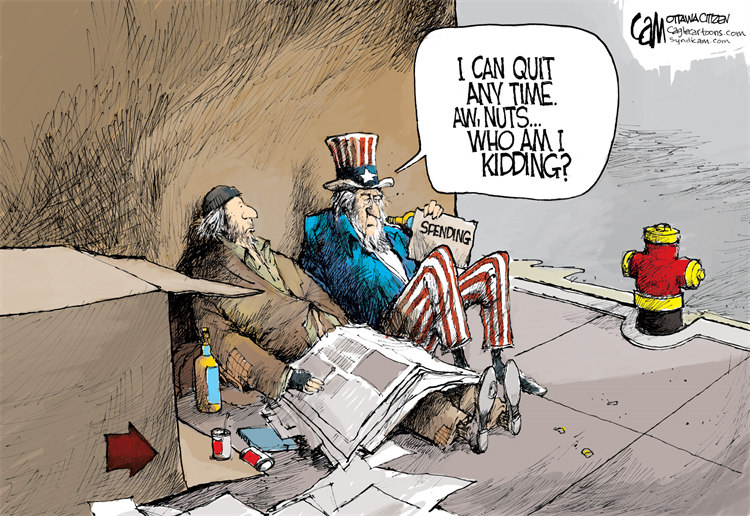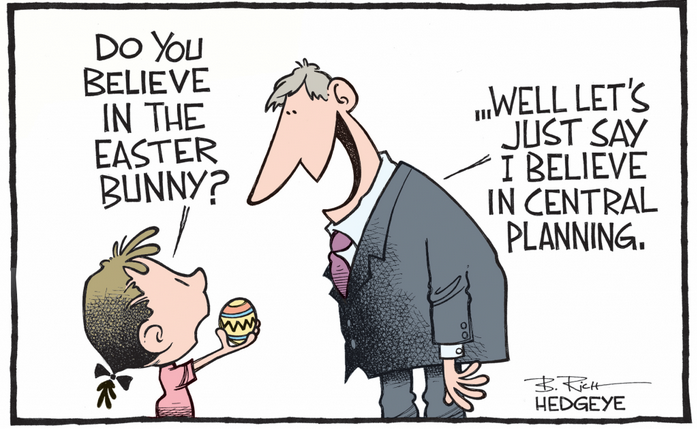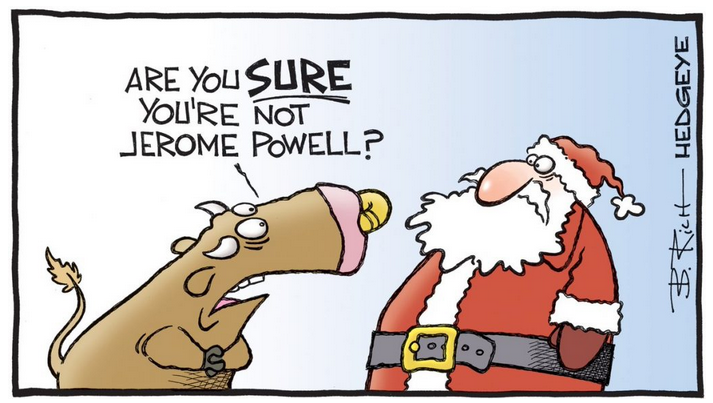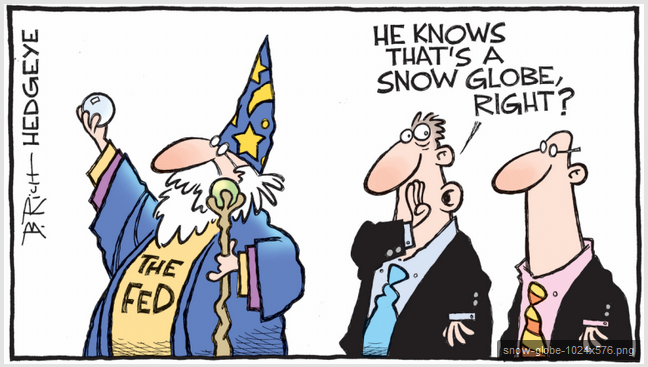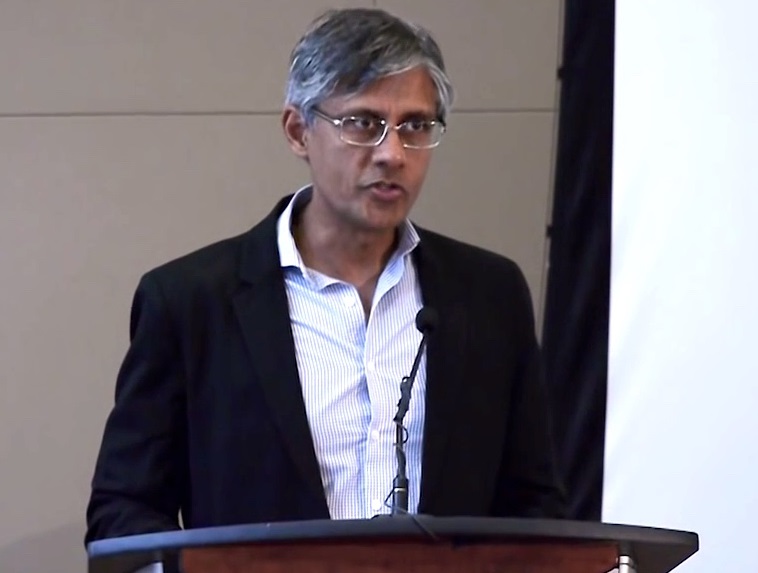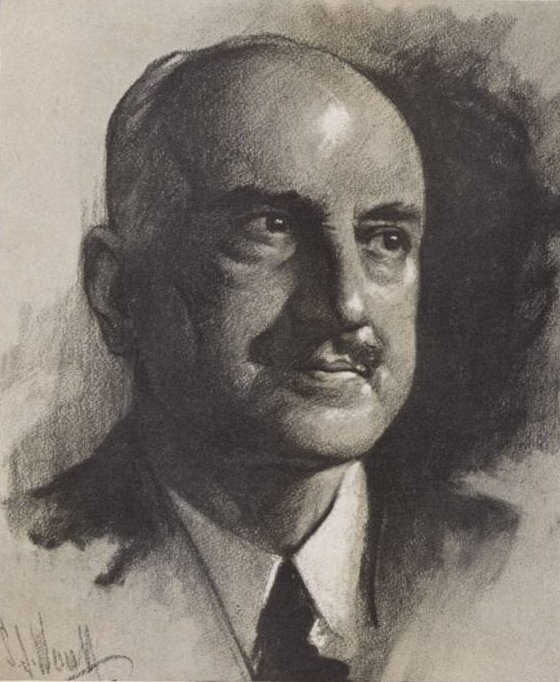Lurid Media CoverageIn recent months, more and more of our clients and friends from overseas are asking us whether it is safe to travel to Europe. These fears are understandable, given the media coverage of the tragic events that occurred this year. The press painted a sinister and truly graphic picture of Europe as a war zone, as a target of global terrorism. The attacks in Brussels, the horrors we saw in Nice on Bastille Day and the Normandy Church attack, as well as the Munich shooting – all were tragic and shocking to us all. Nevertheless, as a Swiss and European citizen (noting that Switzerland is a federal republic within Europe but not part of the EU), I can confidently and emphatically reassure our clients: Yes, Europe is safe, to visit, to live, and to do business in. Similar attacks occur worldwide – only this past weekend, there were bombings in New York and New Jersey. Does this mean that New York is no longer safe? These fears and concerns make it all the more important that we go deeper and understand where they came from, see how they were fostered and fueled, so that we can hopefully dispel them altogether and regain confidence and trust in our societies. |
|
When did Europe become a “high-risk” destination?Time and time again I argue it all goes back to media propaganda. When the headlines one routinely comes across read: “2016 already marred by nearly daily terror attacks” (USA Today), “Terror deaths in Western Europe at highest level since 2004” (BBC), and “Terrorism Scares Away the Tourists Europe Was Counting On” (The New York Times), the reader gets a clear message, and public opinion is successfully steered towards fear. These headlines are typical examples of “media hysteria”, which is combined with political hysteria and opportunism. Media hyperbole fueled the political and economic uncertainty that we all feel today and that underlines the climate of our times, thereby creating the perfect storm. The reality is that whether Europe is safe or not, is itself a shortsighted question: This climate of fear extends well beyond Europe, it is the same everywhere – we are all living in this overwhelming environment of insecurity, instability and uncertainty. I am very vocal when it comes to my disapproval of today’s media and its portrayal of news and developments. Dr. Daniele Ganser, the founder of the Swiss Institute for Peace and Energy, explains that the problem of our times is “media competence”. We have grown too dependent on mainstream media as a source of information. We wait to receive what is served to us – this does not necessarily mean that information is withheld or intentionally twisted; it could be simply lumped in the evening news, a mash-up of actual news reporting and advertisement, or “sponsored content” or “advertorials” – bought and paid for by corporations, lobbying groups and Political Action Committees (PACs) alike. More often than not, the receiver finds himself confused about what was reported in the first place, unable to tell fact from fiction. The mainstream media is not objective – the quality and integrity of the information is compromised and since we only get to hear one side of the story, i.e. theirs, our own perspective becomes biased. |
Fear sells!
In Europe, our sense of political instability has been on an upward trajectory for quite some time. We have been dealing with some major issues over the past year, like the Brexit vote, which took the continent by storm. Indexes on investor confidence slumped after the vote, concerned by the impact of Brexit on the British economy and the already weak European economy as a whole.
While we are still keeping a close eye on the reaction of the EU, so far, there are no fundamental causes for concern or real destabilizing effects that we can point at. Other problems have also troubled the continent, like the rise of populist and secessionist parties over the past few years, and of course, the refugee crisis, which does indeed pose significant challenges. Ultimately, it is true that Europe has a lot on its plate.
But the U.S. is not all that different: The presidential election appears to reflect the most toxic and divisive campaigning that I have personally seen, as both sides are trying to polarize and tear the nation apart. Americans have also seen increased violence; shootings, attacks, and police brutality dominate their news headlines.
In parallel, we have the underlying but hugely important, economic instability: The U.S. and European economies have never really recovered from the 2008 financial crisis. In fact, our international economic system is crumbling. The public is suffering from decreasing real disposable income, an economic slowdown with no real GDP growth to drive the economy, and instead depends on more government intervention to keep the cycle going.
Public opinion is controlled by the media that is overwhelming us with stories of terrorism and brutal crime – these stories get more covers and prime time coverage than ever, for one simple reason: fear sells! The public is made more fearful, more helpless, and more importantly, more powerless to react and take action. After all, it is easier to trigger panic when someone already has his back against the wall.
Reality check: the West is “free” from terrorismLet’s put these fears into perspective and test the argument on “media correctness”. For example, British newspaper, The Express, warned its readers before the summer holidays, with a map that reveals “the most DANGEROUS destinations in Europe”. With this map below, The Express is telling its readers that Europe, including Britain, is on high alert for potential terrorist attacks. |
|
| But when we dig deeper and look up other sources, we find another map (below), by the Global Terrorism Index (an online database with information on terrorist events worldwide since 1970): This map clearly shows that Europe and the U.S. have little to worry about, when compared to the rest of the world. If we look at numbers: The Global Terrorism Index says that since 2000, only 2.6% of deaths from terrorism took place in the West (which encompasses Europe, the U.S., Canada and Australia), including 9/11.
It also reported that in 2014, there were 32,685 deaths from terrorism worldwide, up 80% from 2013, out of which, only 38 deaths (a mere 0.11%) were recorded in the West including 18 in the United States, which ranked 35th on the Index. In the same year, the United States reported a total of 2.6 million deaths. The Center for Disease Control and Prevention identified the top two causes of death as heart disease, followed by cancer. Accidents, identified as “unintentional injuries”, ranked 4th , having caused 136,053 deaths. My intention in juxtaposing these figures to the mainstream narrative is not to downplay the severity of terrorism, and the tragic losses incurred by it, but to show the scale of the horror the media reports is really overblown. Why? As I said before, fear sells. It sells papers, it sells on TV, because people consume news and commentary and opinions that grab their attention in such a visceral way. It’s a kind of masochistic sensationalism. But if we succumb to fear, then based on what we’ve seen in the attacks this year, it would mean we shouldn’t use the metro or go near an airport, or even a mall – we will just imprison ourselves and lose control of our own lives. Where would we be today if the people of New York and the world in general had succumbed to the horror of 9/11? That is one perspective, but perhaps it goes deeper than that: This climate of fear also gets votes to people who offer simplistic answers to complicated questions, who sell to cheap promises of a better future: “if only you vote for them, they have the magic bullet for every problem”. Fear short-circuits analytical thinking, so arguments and policies and ideas cannot be adequately scrutinized. Panicked people don’t stop to question the premises of an argument, or to doubt the intentions behind a policy or to fact-check and do their own research: they just accept whatever “solution” is offered to them. |
Global Terrorism Index |
| The fact is that everyone, everywhere is on high alert – this the reality of our world since 9/11. We are all prone to the same risks and threats of terrorism – there is not one destination that is significantly more risky. Although ISIS is related (or at least claims to be) to many attacks recently, the fact is that 80% of attacks are carried out by what the Index describes as “lone wolf terrorists”, which are not necessarily related to Islamic extremism.
However, the fact remains, that terrorist attacks and the victims they claim, have been steadily on the rise since 9/11, as the following chart shows. Even if it isn’t “in our own backyard”, we should still stop and consider the root causes, what is driving this phenomenon today, as well as the consequences on the global geopolitical stage. |
The Greatest Racket of All Time |
Media propaganda as a diversion
Attacks, and figures aside, we all should look at the big picture and consider history as a guide. It becomes clear that the media is the primary tool of the state to disseminate its propaganda, which essentially follows a strategy of “divide and conquer”, or how I see it, puts us on the path for a clash of civilizations.
Division ensures that the state is not being challenged. We must remember that when governments crumbled in recent years, as was the case in the past too, they turned to violence, more often than not against their own people! More control (and violence) helped prolong the power grip of the establishment at the cost of civil rights and liberty of the individual. But it could never avoid its downfall.
The headlines we are reading are playing on our fears; a distraction from the true and great dangers we are facing that could potentially threaten our civil liberties. This is the end-game of the establishment, and therefore, the power of the individual to question the status quo is their greatest threat.
Charts and tables by: Express, Institute for Economics and Peace
Chart and image captions by PT
This article appeared originally at Mountain Vision.
Full story here Are you the author? Previous post See more for Next post
Tags: Human Condition,Miscellaneous,newslettersent,On Politics










